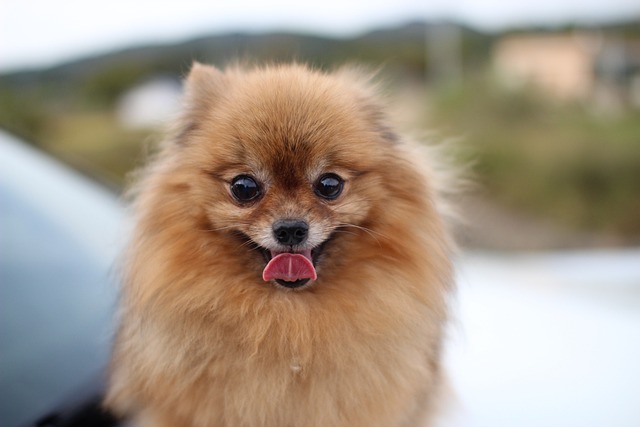
How do i train my dog to be obedient?
Watching your dog dart across the park ignoring your calls isn’t just frustrating—it can put them at risk near busy streets or public spaces.
Watching my neighbor’s golden retriever, Max, launch himself at every guest who walked through their door—paws on shoulders, tail wagging like a metronome—I could see her embarrassment. “He’s just excited!” she’d say, while guests wiped slobber off their shirts. If your dog greets people by jumping, you’re not alone. Jumping is a common, even endearing, behavior—but it’s also a nuisance (or worse, dangerous for small kids or seniors). The good news? With consistency and positive reinforcement, you can teach them to keep all four paws on the ground. Let’s break down why dogs jump, and how to redirect that energy into polite greetings.
Dogs jump because it works—they get attention, whether it’s a laugh, a pat, or even a “no, down!” (any interaction feels like a win to them). Puppies learn early that jumping reaches human faces, their way of “kissing hello” like they did with their littermates. As they grow, this habit sticks because excitement takes over—Max sees a guest, his brain yells “GREET THEM NOW!”, and up he goes. A vet in Nashville explains it like this: “Jumping is their version of waving—enthusiastic, but not always appropriate. The goal isn’t to stop the excitement, but to channel it into a behavior everyone loves.” Breeds with high energy (border collies, labs) are more prone, but even lap dogs like Yorkies jump to be noticed.

The key is to reward the behavior you want (four paws down) and ignore the one you don’t. When guests arrive, ask them to stand still, arms crossed, and avoid eye contact if your dog jumps—no talking, no touching. Dogs hate being ignored, so they’ll eventually put paws down to see what’s up. The second all four paws hit the floor, say “Good sit!” (even if they’re standing—we’ll shape it into sitting later) and reward with a high-value treat (cheese, freeze-dried chicken). My cousin’s beagle, Lila, used to jump on delivery drivers; now she sits at the door, tail wagging, because she knows sitting gets a treat faster than jumping. Practice with family first: have someone ring the doorbell, then reward calm behavior—do this 5 times daily, and you’ll see progress in a week.
Teach an alternative greeting, like “sit for attention.” Hold a treat above their nose, say “sit,” and reward when their bottom hits the floor. Once they master this at home, ask guests to do the same—“Can you ask him to sit before you pet him?” Most people love being part of the training. In apartments, this keeps noise down (no paw thumps on floors) and avoids upsetting neighbors. At dog parks, a non-jumping dog is safer—they won’t knock over small dogs or startle shy ones. Always carry poop bags (Nashville fines $150+ for forgetting) and keep their rabies vaccine current; polite dogs make better community members, and vets often note that trained dogs are less stressed overall.
Max’s owner now greets guests with a “Want a treat, Max?” and he sits automatically, tail thumping—no jumping, just smiles all around. That’s the win: stopping jumping doesn’t dim their excitement, it turns it into a behavior everyone can celebrate. With consistency, your dog will learn that keeping paws down brings all the

Watching your dog dart across the park ignoring your calls isn’t just frustrating—it can put them at risk near busy streets or public spaces.

New puppy owners often find themselves rushing to clean up accidents before they set in, and that’s where puppy pad training becomes a game-changer.

If you've noticed your dog's waistline disappearing and your veterinarian has mentioned those few extra pounds, your first instinct might be to simply reduce the amount of food in their bowl.

Training a dog to use a designated spot indoors isn’t as daunting as many new owners fear, but it does take consistency and an understanding of your pet’s needs.

That moment of dread on a walk is all too familiar for many new dog owners. You see another dog approaching down the sidewalk of your neighborhood

If the sight of another dog on your neighborhood walk makes your heart sink as your own dog erupts into a frenzy of barking and lunging, you're not alone.